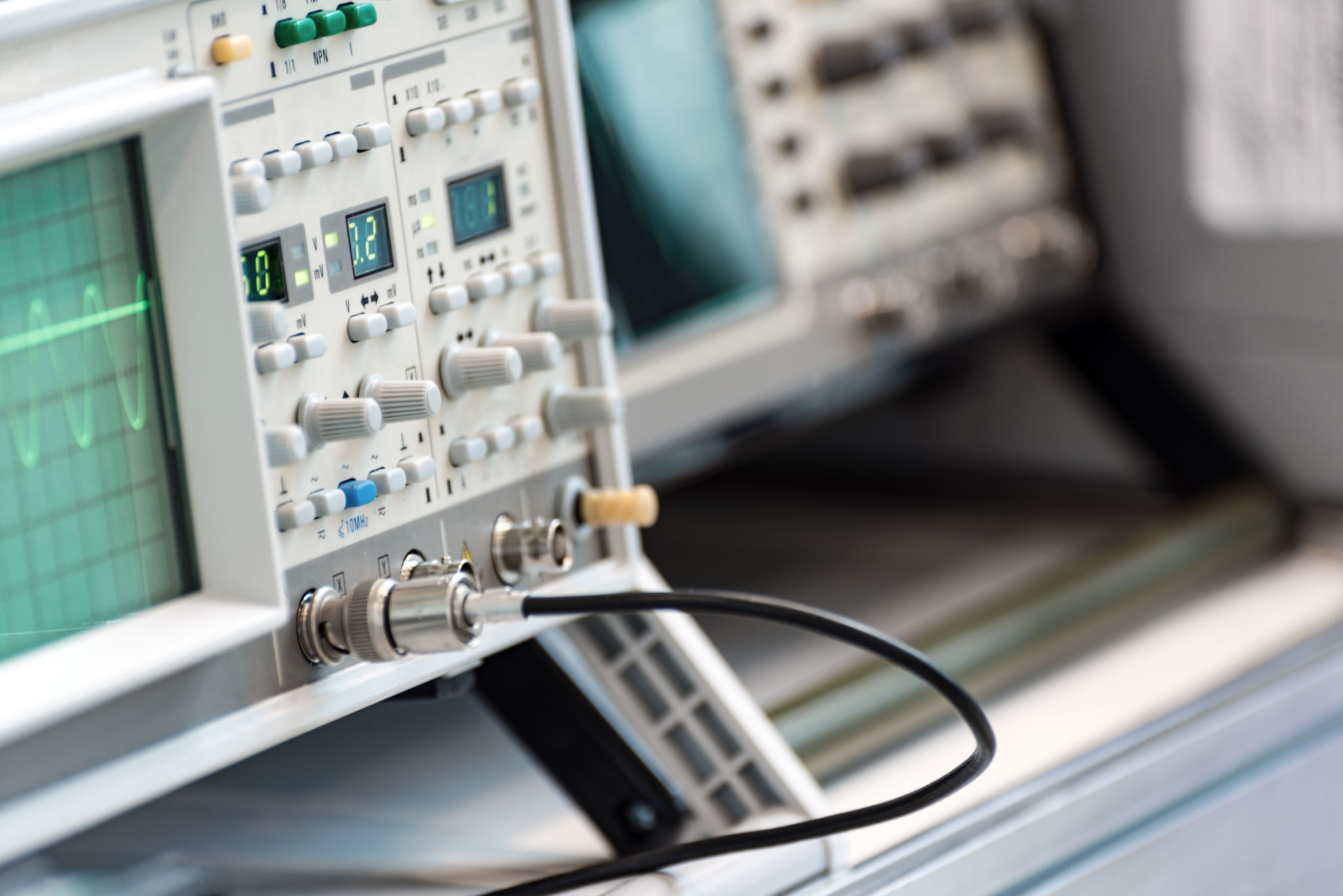Understanding Partial Discharge: A Beginner's Guide
What is Partial Discharge?
Partial discharge (PD) is an electrical phenomenon that occurs when there is a localized dielectric breakdown in an electrical insulation system. It can be thought of as a small spark within the insulation that does not bridge the entire gap between conductors. While often small and short-lived, partial discharges can cause significant damage over time, leading to insulation failure and costly equipment downtime.
Understanding partial discharge is crucial for maintaining the integrity of electrical systems, especially in high-voltage environments. PD can occur in various components such as transformers, cables, and switchgear, often indicating a flaw or deterioration in insulation materials.

Causes of Partial Discharge
Partial discharge can be caused by several factors. One common cause is the presence of voids or impurities within the insulation material. These voids can become ionized under high voltage, leading to PD activity. Other causes include sharp edges or protrusions in the electrical components, which can create localized high electric fields.
Additionally, environmental factors such as humidity and temperature fluctuations can exacerbate partial discharge activity. Over time, PD can lead to further degradation of the insulation, creating a vicious cycle that ultimately results in equipment failure.
Common Types of Partial Discharge
There are various types of partial discharge, each with distinct characteristics. The most common types include:
- Corona Discharge: Occurs around sharp points or edges in a high-voltage setup when the electric field strength exceeds a critical level.
- Surface Discharge: Happens along the surface of an insulating material and is often caused by contamination or moisture.
- Internal Discharge: Takes place within voids or cavities in the insulation material itself.

The Importance of Detecting Partial Discharge
Early detection of partial discharge is vital to prevent equipment failure and extend the lifespan of electrical systems. Regular monitoring allows engineers to identify potential issues before they escalate into major problems. Various diagnostic techniques are available to detect PD, including acoustic emission, electromagnetic detection, and electrical measurements.
Implementing a robust partial discharge monitoring program can help reduce maintenance costs, prevent unplanned outages, and ensure the reliability of electrical infrastructure. These benefits make understanding and managing PD an essential aspect of electrical system maintenance.
Techniques for Measuring Partial Discharge
There are several techniques used to measure partial discharge activity. Some of the most common methods include:
- Electrical Detection: Measures the current pulses generated by PD activity using sensors and oscilloscopes.
- Acoustic Detection: Utilizes microphones or sensors to detect sound waves produced by PD events.
- Ultraviolet Detection: Involves using UV cameras to capture light emissions from PD activity.

Conclusion
Understanding partial discharge is essential for anyone involved in maintaining high-voltage electrical systems. By recognizing the causes and types of PD, engineers can implement effective monitoring strategies to detect and mitigate the effects of this phenomenon. Regular monitoring and maintenance not only safeguard equipment but also enhance operational efficiency and reliability.
Investing in PD detection technology and training personnel to recognize early warning signs are crucial steps toward minimizing risks associated with partial discharges. Ultimately, a proactive approach to PD management ensures long-term success and safety in electrical installations.